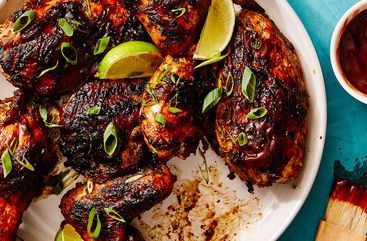Flexitarianism is on the rise, but what is a flexitarian diet, exactly? According to a 2021 consumer survey, about 36 percent of Americans identify as “flexitarian”, compared to just 3 percent who say they are vegan . The flexitarian diet, which takes the No. 2 spot in U.S. News […]
Delicious!
Delicious!



